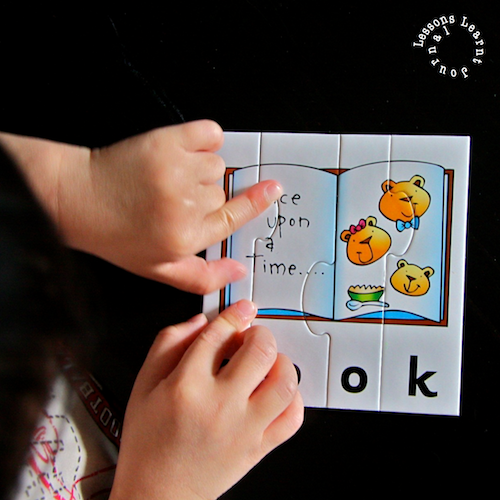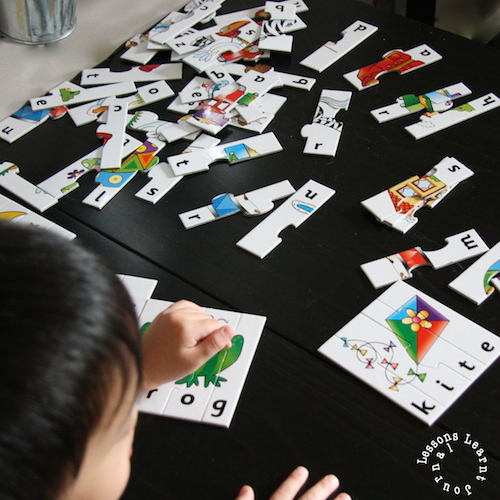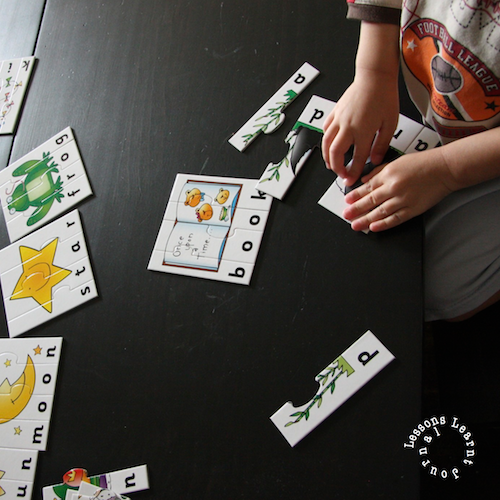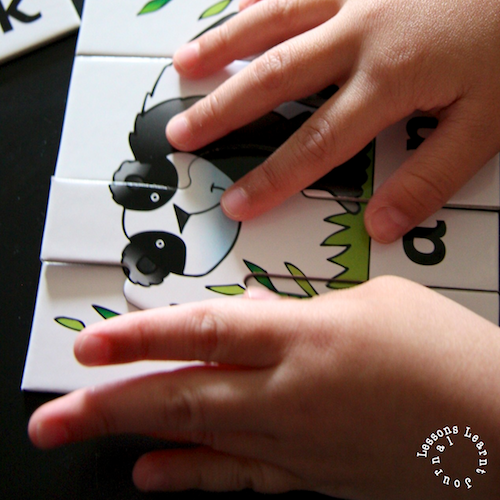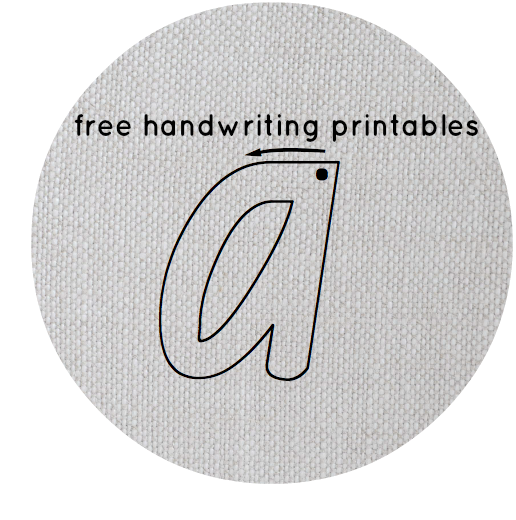Whilst cleaning up the tags on my blog, I noticed quite a few posts about fine motor skills. This doesn’t surprise me as writing has always been a pet interest of mine, and fine motor skills is a major building block for writing. Fine motor skills is basically the way we use our hands and fingers. Although technology provides us with other ways to produce written work, putting pen to paper is still an important skill to master. I’ve witnessed many adults and children stumble as writers simply because of handwriting difficulties. I see many lose confidence as writers because the task of writing down their ideas for others to read is too difficult. They encounter some or all of the following fine motor skill challenges:
- Can’t apply the right amount of strength or pressure required;
- Don’t have the right grasp;
- Can’t effectively control the pens/pencils in their hands;
- Find it difficult to use both hands together;
- Unable to co-ordinate complicated hand and finger movements.
So, the more fine motor skill activities we provide for our children, the better we equip them to overcome the handwriting difficulties which may stumble them as writers.
Puzzles
Playing with puzzles is fine motor skills activity that can easily be changed to suit all ages and skills.
When working on puzzles, we practice the pincer grasp.
(Read our circles post for an outline of the different types of grasps and drawing skills we see in children ages 1-4).
We cross our midline and use both hands together.
If your child finds crossing their midline a challenge, place the puzzle pieces around him/her so they have to reach in all directions.
Add more puzzle pieces to increase the challenge.
Or hide puzzle pieces (in a bag or a box filled with a sensory filler like rice) to extend the activity.


